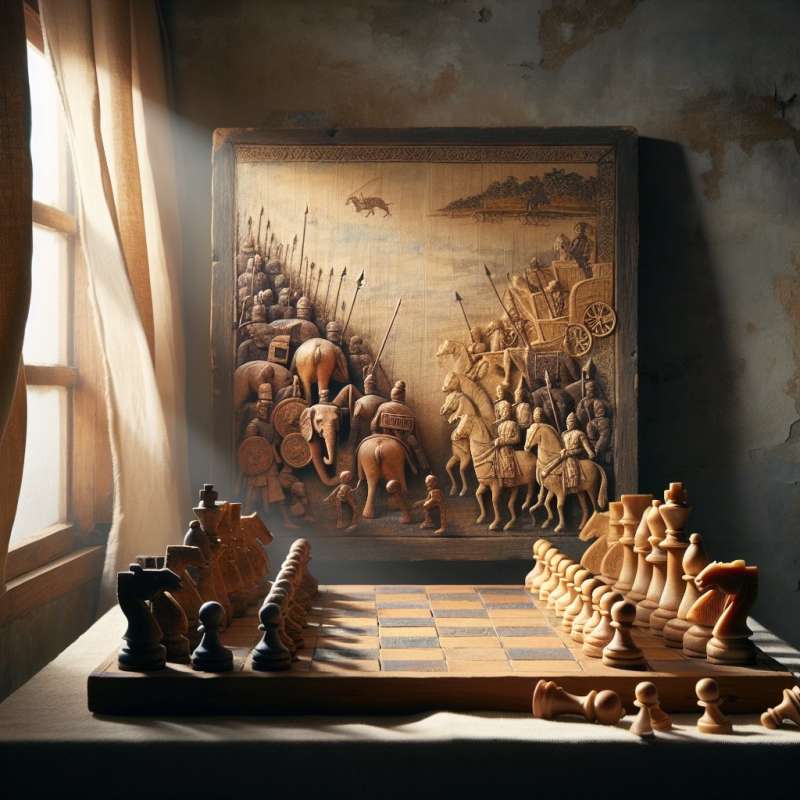
Origin of Chess
The game of chess, known as 'shatranj' in Persian, originated from India. It was called 'Chaturanga' and simulated a battlefield, evolving over centuries to the modern game.
Persian Contribution
Persians transformed 'Chaturanga' into 'Shatranj'. They introduced 'Shah' (King), 'Farzin' (Queen), and the term 'checkmate' from 'Shah Mat', meaning the king is helpless.
Arrival in Europe
As trade and conquests spread the game westward, 'Shatranj' entered the Islamic world and then Europe. Each culture added its own rules and pieces, shaping modern chess.
Evolution of Chess Pieces
Original chess pieces represented Indian military units. Over time, Europeans transformed these into the King, Queen, Bishop, Knight, Rook, and Pawn we recognize today.
Strategic Depth Discovery
The 15th century saw the birth of modern chess, with major rule changes like the queen's and bishop's enhanced movements, introducing unprecedented strategic depth.
Chess and Mathematics
Chess has deep connections with mathematics, especially in combinatorics and probability. It's also used for developing artificial intelligence, demonstrated by machines like Deep Blue.
Cultural Impact of Chess
Chess has transcended play to become a metaphor for strategic thinking. It's featured in literature, art, and philosophy, symbolizing intellectual prowess and complex decision-making.Chess and Space Travel
In 1970, chess was played via radio between astronauts on space station Salyut 1 and mission control on Earth.
What was the original name of Chess?
Shatranj
Chaturanga
Shah Mat
Company